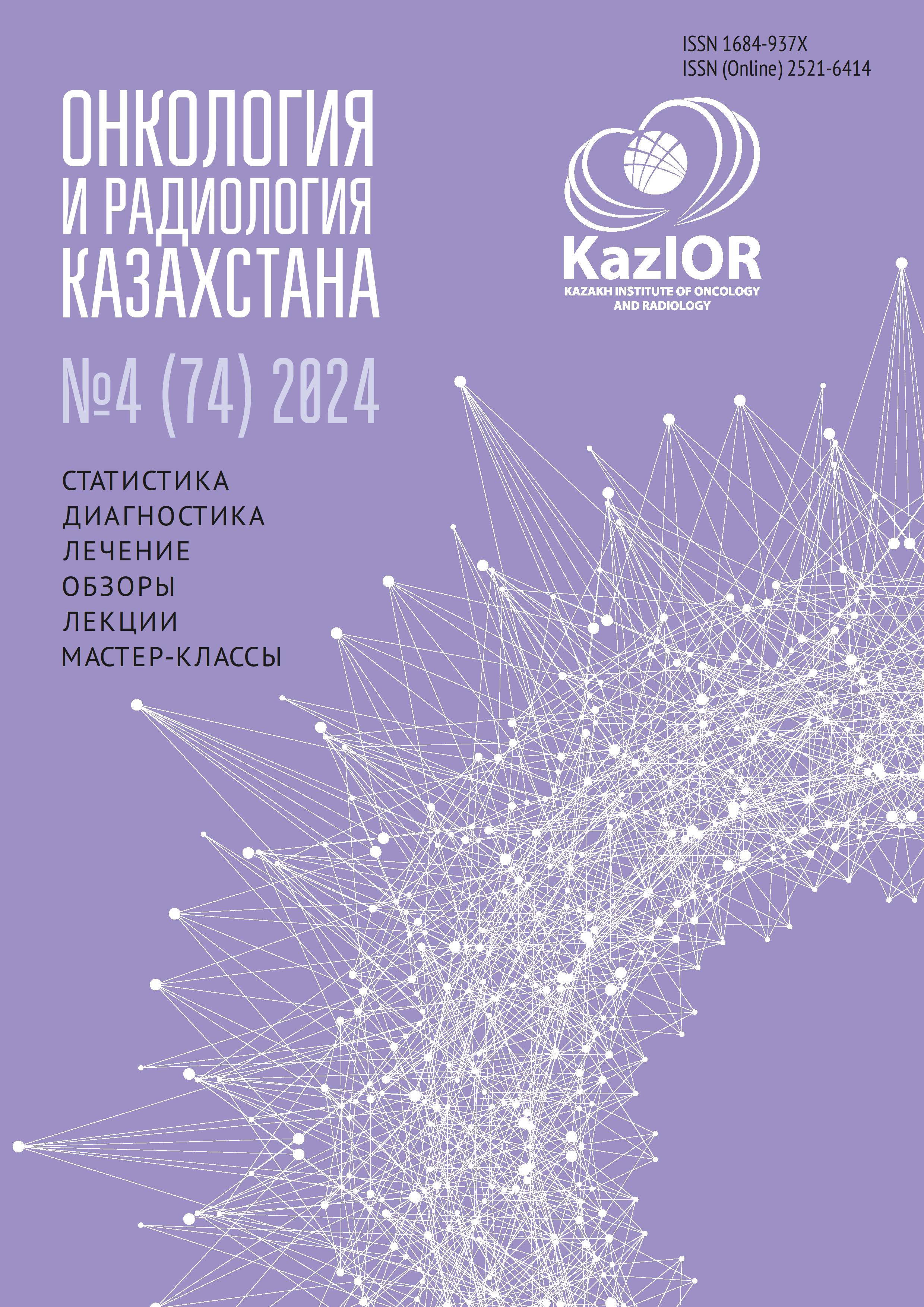Epidemiological assessment of cancer incidence in the rural population of the Almaty Region
DOI:
https://doi.org/10.52532/2521-6414-2024-4-74-325Keywords:
Keywords: public health, morbidity, epidemiological assessment, screening, cancer awareness, prevention, early diagnosis of cancer.Abstract
Relevance: In recent decades, there has been an increase in oncological diseases in Kazakhstan, becoming a serious medical and social problem. The relevance of this topic is due to the need to study the causes and dynamics of morbidity in various regions, including rural areas. A lower level of accessibility to medical services, including diagnosis and treatment of oncological diseases, characterizes rural areas of Kazakhstan. Insufficient medical care, difficult socio-economic conditions, and the possible impact of harmful environmental factors make rural populations more vulnerable to diseases, including cancer. To make adequate management decisions in healthcare, reliable data on the level and characteristics of cancer are needed. Epidemiological analysis in the region's context will optimize resource allocation and improve the availability and quality of cancer care for the rural population of the Almaty region.
The study aimed to provide an epidemiological assessment of cancer incidence in the rural population of the Almaty region.
Methods: The study included a retrospective analysis of the indicators of the oncological service of the Almaty region, materials on the incidence of malignant neoplasms based on the screening program's results (2015-2020), and statistical processing of indicators.
Results: Despite a slight decrease in morbidity and precancerous conditions, the mortality rate did not decrease significantly. The ranking of districts by the general incidence of malignant neoplasms revealed that the "disadvantaged" districts included the Enbekshikazakh, Ili, Karasai, and Talgar districts; the "relatively prosperous" — Zhambyl and Uygur; and the "prosperous" — the Balkhash and Raiymbek districts. The increase in the incidence of malignant neoplasms in almost all localizations in the Almaty region was due to increased cases among the able-bodied population and the rejuvenation of the disease.
Conclusion: Summarizing the results of an epidemiological study of the nature and trends of the incidence of malignant neoplasms in the rural population of the Almaty region allows us to formulate the main directions of managerial efforts to change the situation. It is necessary to pay attention to the increase in cancer incidence in the Almaty region (the growth rate is 0.5%). The incidence of malignant neoplasms in almost all localizations of the Almaty region is due to the intensive increase in the incidence of the able-bodied part of the population's "rejuvenation." Therefore, prevention and early diagnosis at the age of 40-60 years with the formation of high-risk groups should lead to a decrease in morbidity and mortality.

